-
 Bitcoin
Bitcoin $109,459.7682
2.44% -
 Ethereum
Ethereum $2,598.6052
6.29% -
 Tether USDt
Tether USDt $1.0003
0.00% -
 XRP
XRP $2.2734
3.95% -
 BNB
BNB $661.4886
1.58% -
 Solana
Solana $155.4825
4.35% -
 USDC
USDC $0.9999
-0.02% -
 TRON
TRON $0.2838
1.04% -
 Dogecoin
Dogecoin $0.1740
8.25% -
 Cardano
Cardano $0.6047
9.04% -
 Hyperliquid
Hyperliquid $40.2302
6.50% -
 Sui
Sui $2.9863
10.05% -
 Bitcoin Cash
Bitcoin Cash $509.5786
0.60% -
 Chainlink
Chainlink $13.8156
6.03% -
 UNUS SED LEO
UNUS SED LEO $9.0142
0.69% -
 Avalanche
Avalanche $19.0337
8.68% -
 Stellar
Stellar $0.2438
5.17% -
 Toncoin
Toncoin $2.9012
3.59% -
 Shiba Inu
Shiba Inu $0.0...01210
6.20% -
 Litecoin
Litecoin $90.0882
7.05% -
 Hedera
Hedera $0.1597
8.53% -
 Monero
Monero $326.3340
2.88% -
 Polkadot
Polkadot $3.6365
9.32% -
 Bitget Token
Bitget Token $4.6162
2.72% -
 Dai
Dai $1.0001
0.00% -
 Ethena USDe
Ethena USDe $1.0002
-0.01% -
 Uniswap
Uniswap $7.6403
10.47% -
 Pepe
Pepe $0.0...01060
12.03% -
 Aave
Aave $281.3664
7.56% -
 Pi
Pi $0.4992
1.76%
What is on-chain vs off-chain?
On-chain transactions are recorded directly on the blockchain, offering transparency and immutability, while off-chain activities occur externally, providing faster and cheaper alternatives with trade-offs in trust and security.
Jul 03, 2025 at 03:21 pm
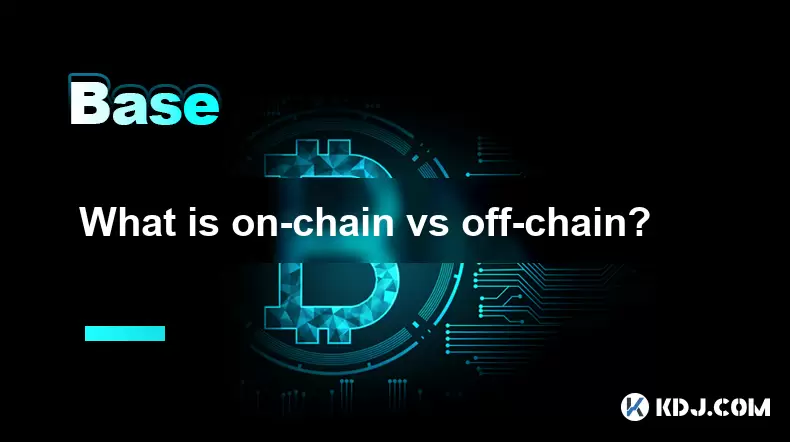
Understanding On-Chain and Off-Chain in the Cryptocurrency Ecosystem
In the world of blockchain and cryptocurrency, on-chain and off-chain are two fundamental concepts that define where and how data or transactions occur. Understanding these terms is crucial for developers, investors, and users alike. Each has its own set of advantages, use cases, and technical considerations.
What Does "On-Chain" Mean?
On-chain refers to any activity or data that is recorded directly on a blockchain network. This includes transactions, smart contracts, token transfers, and other operations that are verified by the consensus mechanism of the blockchain (e.g., Proof of Work or Proof of Stake).
When a transaction is executed on-chain, it is:
- Recorded permanently on the distributed ledger
- Visible to all participants in the network
- Immutable, meaning it cannot be altered once confirmed
For example, when you send Bitcoin from one wallet to another, that transfer is processed and stored on the Bitcoin blockchain. The transaction must be validated by miners or validators before being added to a block.
What Does "Off-Chain" Mean?
Off-chain refers to activities or data that occur outside the main blockchain network. These actions do not require immediate recording on the blockchain and can be processed elsewhere, often more efficiently or at lower cost.
Common examples include:
- Payment channels like those used in the Lightning Network
- Private agreements between parties before they are settled on-chain
- Data storage solutions like IPFS or centralized servers
These off-chain mechanisms are often used to reduce congestion on the main blockchain and speed up transactions. However, off-chain activities are not inherently trustless, as they may rely on intermediaries or external validation before final settlement.
Differences Between On-Chain and Off-Chain Transactions
There are several key differences that distinguish on-chain from off-chain transactions:
- Transparency: On-chain transactions are fully transparent and publicly accessible, while off-chain transactions may only be visible to certain participants.
- Security: On-chain transactions benefit from the full security of the blockchain's consensus mechanism. Off-chain transactions may depend on third-party systems or protocols.
- Cost: On-chain transactions usually involve fees paid to miners or validators. Off-chain methods can significantly reduce or eliminate these costs.
- Speed: Off-chain transactions can be executed almost instantly, whereas on-chain transactions may take time depending on network congestion and confirmation requirements.
These distinctions make each approach suitable for different applications within the crypto space.
Use Cases for On-Chain Activities
On-chain activities are essential for scenarios requiring high levels of security, decentralization, and transparency. Some typical use cases include:
- Token issuance and transfers on platforms like Ethereum or Binance Smart Chain
- Smart contract execution, such as automated financial agreements or decentralized applications (dApps)
- Governance voting in decentralized autonomous organizations (DAOs), where every vote must be verifiable and tamper-proof
Each of these functions requires that the outcome be permanently recorded and accessible to all stakeholders.
Use Cases for Off-Chain Activities
Off-chain activities are commonly used to enhance scalability, efficiency, and user experience. Key applications include:
- Layer 2 solutions like the Lightning Network or Optimistic Rollups, which process transactions faster than the base layer
- Order books and matching engines in decentralized exchanges (DEXs) that operate off-chain before settling on-chain
- Data storage for large files or metadata that would otherwise bloat the blockchain if stored on-chain
By handling some processes off-chain, networks can scale more effectively without compromising the integrity of the underlying blockchain.
How On-Chain and Off-Chain Interact
Many modern blockchain systems combine both on-chain and off-chain components to optimize performance. For instance:
- A payment channel allows users to transact multiple times off-chain, but the opening and closing balances are ultimately recorded on-chain
- A decentralized exchange might match trades off-chain but settle them on-chain to ensure fairness and finality
- Projects may store large data files off-chain using IPFS but record a cryptographic hash on-chain to prove authenticity
This hybrid model leverages the strengths of both approaches to deliver scalable and secure services.
Frequently Asked Questions
Q: Can off-chain transactions be trusted?
A: While off-chain transactions can offer speed and lower costs, they typically require trusting an intermediary or protocol. Final settlement on-chain provides the highest level of assurance.
Q: Is it possible to move data from off-chain to on-chain?
A: Yes, this is common practice. For example, a hash of a document stored off-chain can be uploaded to a blockchain to serve as proof of existence or ownership at a specific time.
Q: Are all blockchain transactions on-chain?
A: Not necessarily. While the core functionality of blockchains is built around on-chain operations, many systems incorporate off-chain components for efficiency and scalability.
Q: What role do Layer 2 solutions play in off-chain processing?
A: Layer 2 solutions enable transactions to be processed outside the main chain while still leveraging its security. They periodically submit aggregated results back to the main chain for final verification.
Disclaimer:info@kdj.com
The information provided is not trading advice. kdj.com does not assume any responsibility for any investments made based on the information provided in this article. Cryptocurrencies are highly volatile and it is highly recommended that you invest with caution after thorough research!
If you believe that the content used on this website infringes your copyright, please contact us immediately (info@kdj.com) and we will delete it promptly.
- Eurau Stablecoin: Deutsche Bank, Galaxy, and Bafin Approval Usher in New Era
- 2025-07-03 20:30:12
- Solana DEX Volume and Ranking: Riding the Wave to the Top
- 2025-07-03 21:10:20
- BONK ETF Buzz: News, Catalysts, and What's Driving the Meme Coin Mania
- 2025-07-03 21:10:20
- Check Your Change! That 1p Coin Could Be Worth £200k!
- 2025-07-03 21:20:17
- Mosman Oil's Vecta Termination: A Drilling Programme Debrief
- 2025-07-03 20:30:12
- HYPE Price Forecast: Will It Reach $50 by July 2025?
- 2025-07-03 21:20:18
Related knowledge

What is open interest in derivatives?
Jul 03,2025 at 02:49pm
Understanding Open Interest in DerivativesOpen interest is a critical metric used in the cryptocurrency derivatives market, particularly when analyzing futures and options contracts. It represents the total number of outstanding contracts that have not been settled or closed by either party involved. Unlike trading volume, which counts all trades made i...
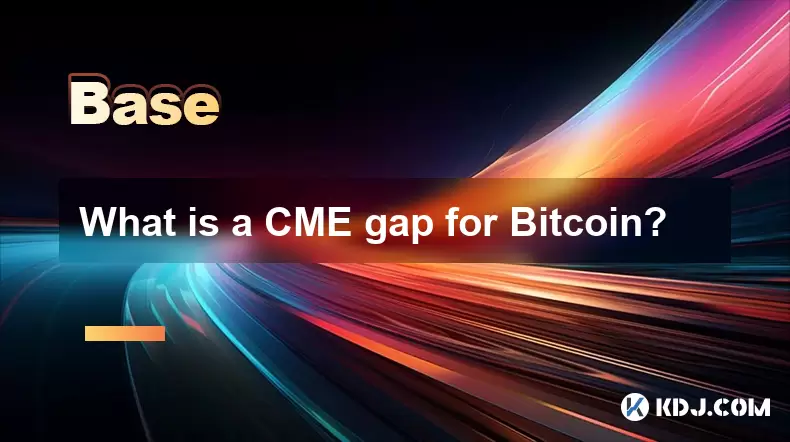
What is a CME gap for Bitcoin?
Jul 03,2025 at 05:49pm
Understanding the Concept of a CME GapA CME gap refers to a discrepancy in price between the closing price of Bitcoin on the Chicago Mercantile Exchange (CME) and its opening price when trading resumes. This phenomenon occurs because the CME operates during specific hours, typically aligned with traditional market hours, while cryptocurrency markets ope...
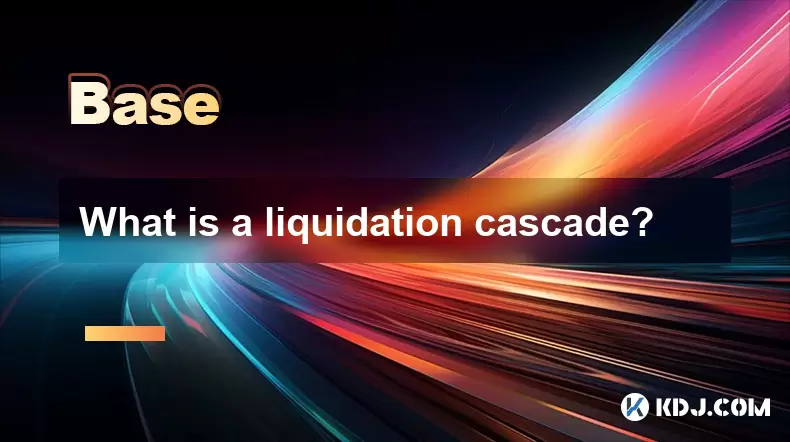
What is a liquidation cascade?
Jul 03,2025 at 07:15am
Understanding the Concept of LiquidationIn the realm of cryptocurrency trading, liquidation refers to the process by which a trader's position is automatically closed due to insufficient funds to maintain the leveraged trade. This typically occurs when the market moves against the trader's position and their account equity falls below the required maint...
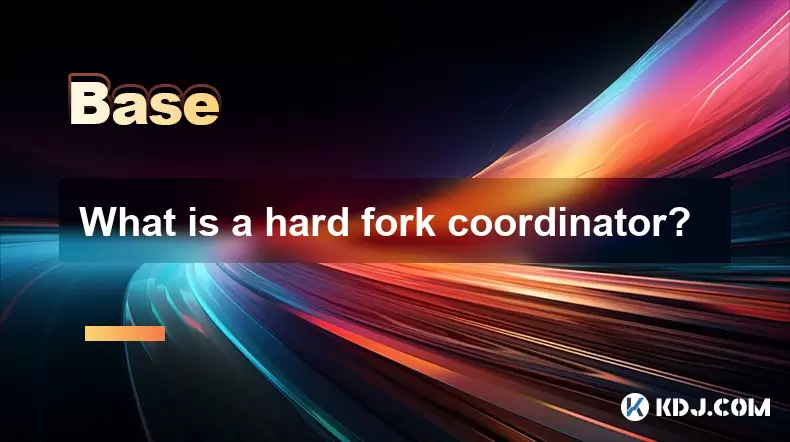
What is a hard fork coordinator?
Jul 03,2025 at 12:42pm
Understanding the Role of a Hard Fork CoordinatorIn the world of blockchain and cryptocurrencies, a hard fork coordinator plays a critical role during major network upgrades. A hard fork is a significant change to a blockchain’s protocol that makes previously invalid blocks or transactions valid (or vice versa). This type of upgrade requires all nodes o...
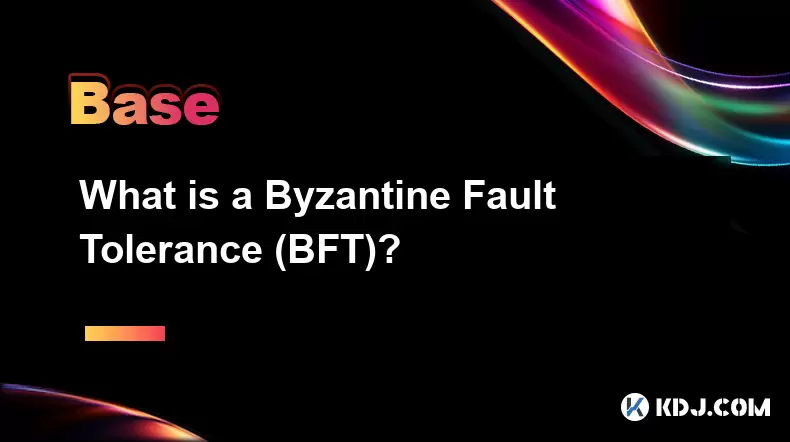
What is a Byzantine Fault Tolerance (BFT)?
Jul 03,2025 at 11:49am
Understanding the Concept of Byzantine Fault ToleranceByzantine Fault Tolerance (BFT) is a critical concept in distributed systems, particularly within the realm of blockchain technology and cryptocurrencies. It refers to the ability of a system to continue functioning correctly even when some components fail or behave maliciously. The term originates f...
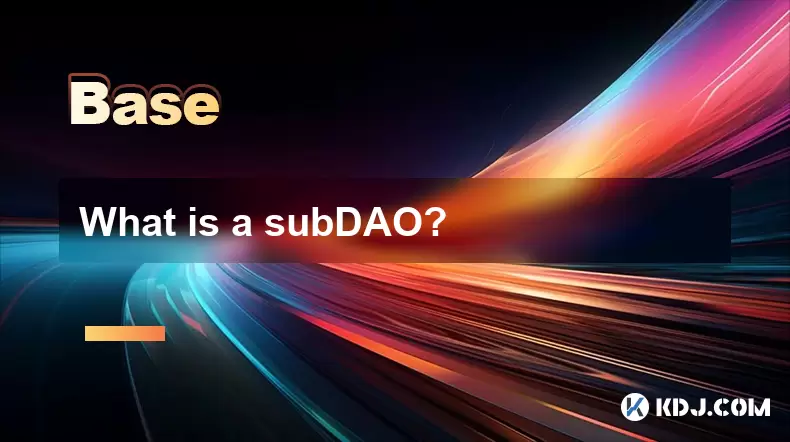
What is a subDAO?
Jul 03,2025 at 09:36am
Understanding the Concept of SubDAOA SubDAO, short for Sub-Decentralized Autonomous Organization, is a specialized entity that operates under the umbrella of a larger DAO (Decentralized Autonomous Organization). It functions with its own set of rules, governance mechanisms, and tokenomics while remaining aligned with the overarching goals of the parent ...

What is open interest in derivatives?
Jul 03,2025 at 02:49pm
Understanding Open Interest in DerivativesOpen interest is a critical metric used in the cryptocurrency derivatives market, particularly when analyzing futures and options contracts. It represents the total number of outstanding contracts that have not been settled or closed by either party involved. Unlike trading volume, which counts all trades made i...

What is a CME gap for Bitcoin?
Jul 03,2025 at 05:49pm
Understanding the Concept of a CME GapA CME gap refers to a discrepancy in price between the closing price of Bitcoin on the Chicago Mercantile Exchange (CME) and its opening price when trading resumes. This phenomenon occurs because the CME operates during specific hours, typically aligned with traditional market hours, while cryptocurrency markets ope...

What is a liquidation cascade?
Jul 03,2025 at 07:15am
Understanding the Concept of LiquidationIn the realm of cryptocurrency trading, liquidation refers to the process by which a trader's position is automatically closed due to insufficient funds to maintain the leveraged trade. This typically occurs when the market moves against the trader's position and their account equity falls below the required maint...

What is a hard fork coordinator?
Jul 03,2025 at 12:42pm
Understanding the Role of a Hard Fork CoordinatorIn the world of blockchain and cryptocurrencies, a hard fork coordinator plays a critical role during major network upgrades. A hard fork is a significant change to a blockchain’s protocol that makes previously invalid blocks or transactions valid (or vice versa). This type of upgrade requires all nodes o...

What is a Byzantine Fault Tolerance (BFT)?
Jul 03,2025 at 11:49am
Understanding the Concept of Byzantine Fault ToleranceByzantine Fault Tolerance (BFT) is a critical concept in distributed systems, particularly within the realm of blockchain technology and cryptocurrencies. It refers to the ability of a system to continue functioning correctly even when some components fail or behave maliciously. The term originates f...

What is a subDAO?
Jul 03,2025 at 09:36am
Understanding the Concept of SubDAOA SubDAO, short for Sub-Decentralized Autonomous Organization, is a specialized entity that operates under the umbrella of a larger DAO (Decentralized Autonomous Organization). It functions with its own set of rules, governance mechanisms, and tokenomics while remaining aligned with the overarching goals of the parent ...
See all articles

























































































